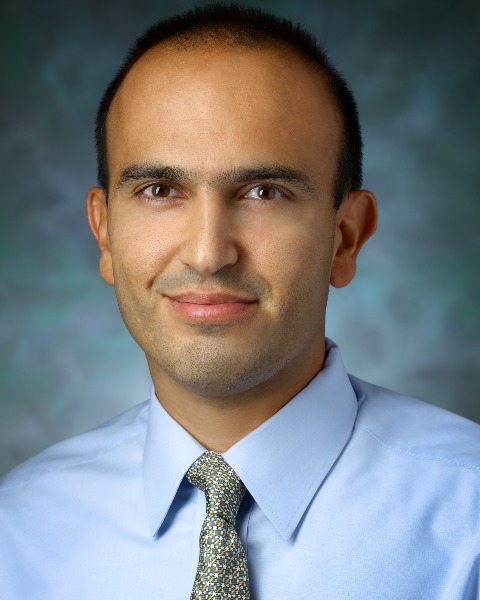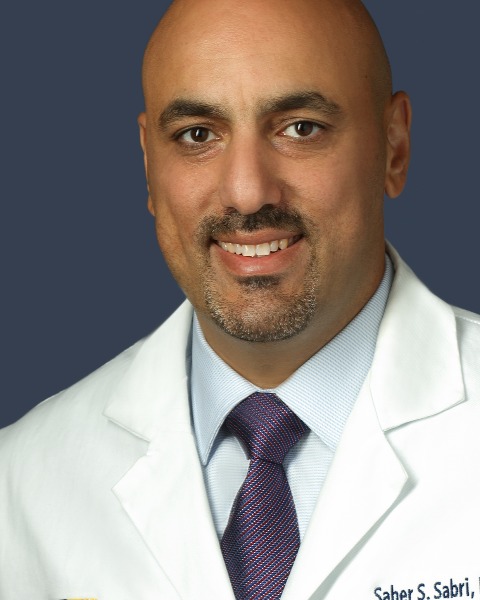Portal Hypertension
Efficacy of post TIPS ultrasound in predicting TIPS dysfunction in the controlled expansion endoprosthesis era

Lauren S. Park, MD (she/her/hers)
IR/DR Resident
Georgetown University HospitalDisclosure(s): No financial relationships to disclose

Kaitlin A. Carrato, MD
Resident Physician
MedStar Georgetown University Hospital- NF
Nathan E. Frenk, MD
Assistant Professor
Medstar Georgetown University Hospital 
Emil I. Cohen, MD, FSIR
Associate Professor
Medstar Georgetown University Hospital
Saher Sabri, MD, FSIR
Chief of Interventional Radiology
MedStar Georgetown University Hospital
Abstract Speaker(s)
Author/Co-author(s)
Evaluate the efficacy of transjugular intrahepatic portosystemic shunt (TIPS) ultrasound (US) in predicting TIPS dysfunction in the controlled expansion endoprosthesis era.
Materials and Methods:
A retrospective review of patients who underwent TIPS with a controlled expansion stent (Viatorr CX, WL Gore, Flagstaff, AZ) from January 1st, 2018 to March 30, 2021 was performed. Patient demographics, clinical data, US studies and venograms were reviewed.
Follow-up US timeline was defined as follows: baseline ≤30 days, early 31-365 days, and late >365 days. US was indicative of ‘TIPS dysfunction’ in the presence of elevated velocity, spatial gradient, temporal gradient, or reversal of flow in PV branches by standard criteria. TIPS occlusion on US was defined as absence of flow on doppler. TIPS venogram with portosystemic gradient (PSG) measurement was performed in all patients with recurrence of portal hypertension symptoms. Patients with TIPS dysfunction on US underwent venogram only if they had recurrence of symptoms or occlusion on US. Mean PSG ≤10 mmHg was considered abnormal.
Results:
121 patients underwent TIPS placement. 83% (n=100) had follow-up US, approximately 1.3 US per patient. Mean follow-up duration was 425 days. US was done as baseline in 88%, early in 57% and late in 28% of patients.
US TIPS occlusion was reported in 5/100 (5%) patients. All those patients were symptomatic and underwent venograms showing occlusion or stenosis with elevated PSG.
TIPS dysfunction without occlusion was reported in 56/100 (56%) patients: 28 at baseline, 19 at early and 9 at late US evaluations. Among these, 19/56 underwent venogram due to recurrence of symptoms: 12 had elevated PSG or occlusion and 7 had patent TIPS with normal PSG.
25/99 (25%) patients had venogram due to recurrence of symptoms despite normal US: 9 had elevated PSG or occlusion and 16 had patent TIPS with normal PSG. Mean duration from TIPS placement to stenosis or occlusion on venogram was 84 days.
Excluding patients with TIPS occlusion on US, 44/94 (46%) of patients had recurrence of symptoms post TIPS. In this cohort, TIPS dysfunction on US had positive predictive value for stenosis or occlusion of 63%, negative predictive value of 64%, sensitivity of 57% and specificity of 69%.
Conclusion:
In the era of controlled expansion TIPS stents, current standard sonographic criteria of TIPS dysfunction have limited utility in predicting TIPS stenosis. However, ultrasound remains useful for diagnosing TIPS occlusion.

.png)
.png)
.jpg)
.png)
.png)
.jpg)
.png)
.png)
.jpg)